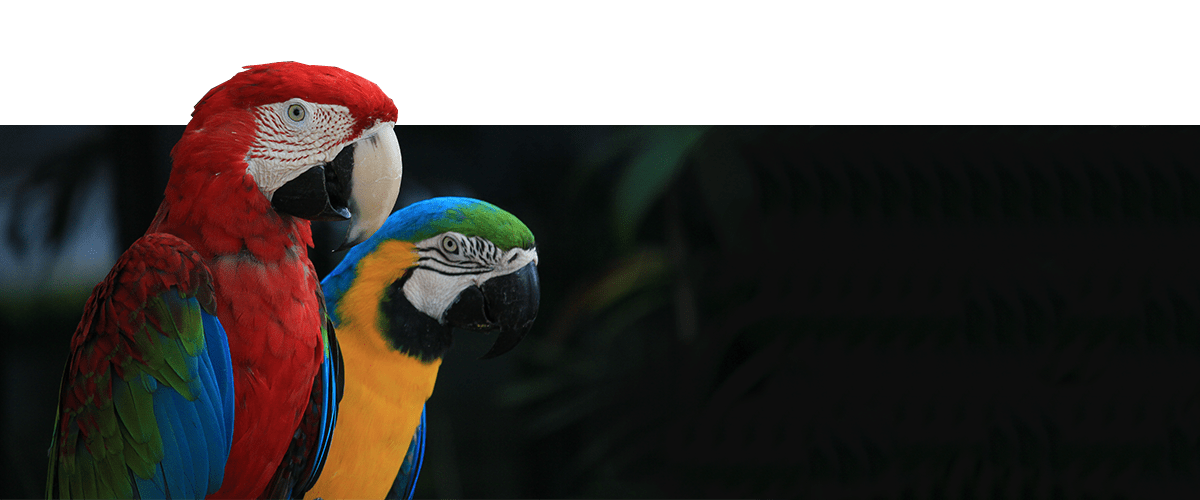
Some species of birds do not present sexual dimorphism in their adult form and many are very difficult to classify according to their gender in the first months of life, knowing their sex is essential when establishing a breeding plan.
Most breeders of psittacines such as lovebirds, yacos or nymphs and many of the finch keepers or breeders of canaries and even birds of prey such as falcons, goshawks, owls or barn owls have had to face the dilemma of classifying a chick as a male or female.
These and other questions about the sexing or sexing of birds are what we are going to try to solve in this post
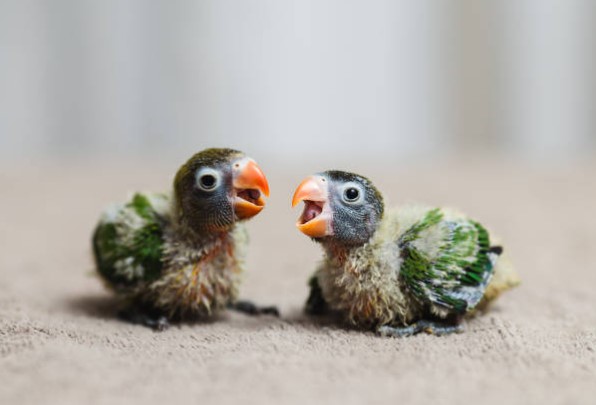
Some species of birds do not present sexual dimorphism in their adult form and many are very difficult to classify according to their gender in the first months of life, knowing their sex is essential when establishing a breeding plan.
There are several traditional techniques when it comes to sexing birds. Among these techniques we can highlight the morphometric analysis, such as the width of the pelvis, the cloacal examination or the autosexing by heritable characters. These methods can be inaccurate depending on the species we are dealing with, and even more so if we want to classify the chicks early. On the other hand, we find other techniques such as endoscopy, an invasive methodology and with an associated risk for the bird, since anesthesia is used to perform it, in addition to the high cost for the breeder.
As an alternative to these methods, techniques based on DNA amplification were developed, which turn out to be very minimally invasive, much more precise and cheaper than traditional techniques.
The genetic sexing technique consists of the amplification of a CHD gene sequence by PCR (polymerase chain reaction). This gene is found on both sex chromosomes, which, in the case of birds, are called Z and W and not X and Y as in mammals. Contrary to these, female birds have two different chromosomes ZW while males have two identical chromosomes ZZ, while in mammals females are XX and males are XY.

To amplify the CHD gene, markers or primers are used that bind to this gene and allow the region to replicate thanks to the process called PCR, generating millions of copies of the target gene, which can later be seen in an agarose gel.
Due to the difference in size between the amplified gene parts on both chromosomes (Z and W), it is possible to distinguish them visually. In the case of females, two bands corresponding to the amplified gene will be observed on their two chromosomes CHD-Z and CHD-W, while, in males, only one band will be observed, the one corresponding to the CHD-Z gene.
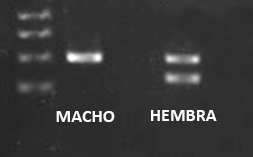
This complete process can be carried out in a few hours if the samples are of good quality and if the technique is fine-tuned by qualified personnel for each of the families of birds, since it is not the same to face sexing in a pigeon than in a pyrrhura, an amazon, an ara or a turaco.
At Iberogen we carry out this analysis for all species of neobirds, galliformes and anseriformes, if your bird species is not on our list , do not hesitate to contact us.
If you are thinking of sexing your bird, contact us and we will guide you through each of the steps. If you already have experience, visit our store and choose SIMPLE or BONUS format, STANDARD, PREMIUM or EXPRESS priority and the quantity you need.
Based on our experience over these almost 10 years at IBEROGEN, we believe that genetic sexing is the most reliable, least invasive and most economical technique that exists to determine the gender of birds, provided that it is carried out by a professional in an equipped laboratory and provided that have followed the correct sampling guidelines..
We will solve these questions in the next post.
Greetings and good breeding.
Bibliografía:

From a life experience closely related to science and art, I try to participate in projects that excite me, giving my best as long as the energy exchange is reciprocal. My goal is to continue discovering, participating and getting excited about new goals.
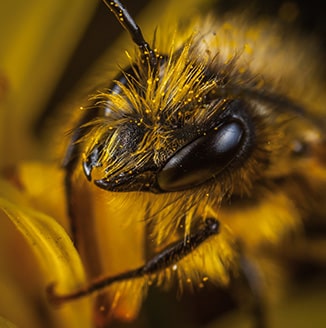
The globalization of the trade of many animal species as food, of a domestic type, beneficial for pest control or pollination, facilitates the establishment of these in places outside their natural origin, in addition to the transmission of diseases between populations, both non-native and indigenous. These biological invasions contribute significantly to the alteration of ecosystem […]
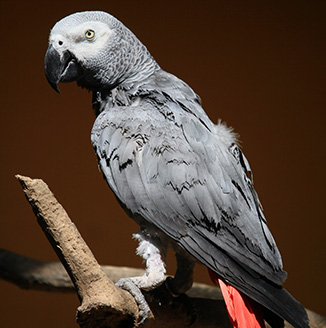
Chapter 1. Psittacine Beak and Feather Disease (PBFD) The use of molecular techniques for the diagnosis of the main diseases in birds allows the pathogenic agent to be detected quickly and efficiently. This detection becomes even more important in diseases caused by viruses, since, on certain occasions, the virus that causes the disease is difficult […]